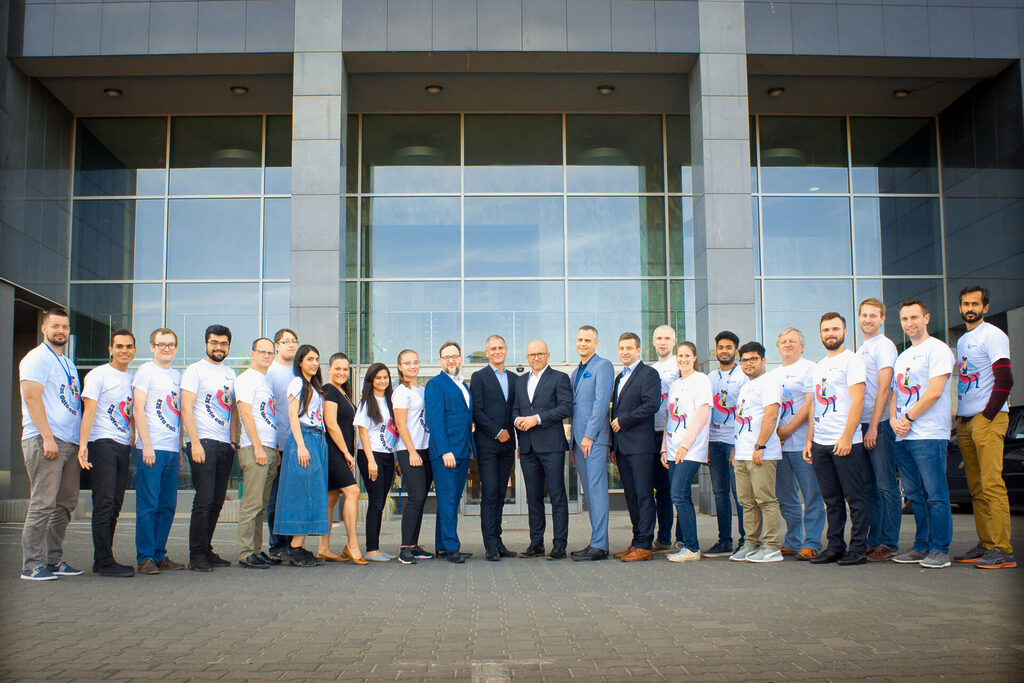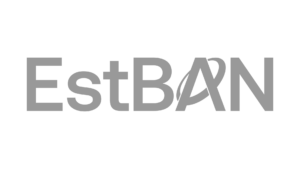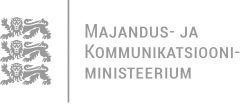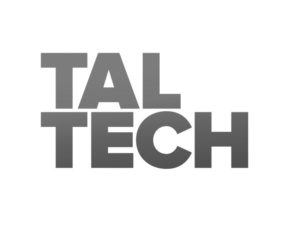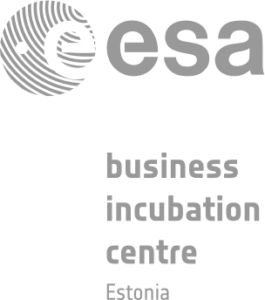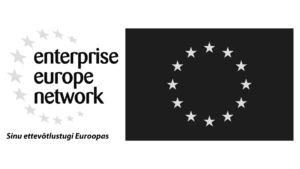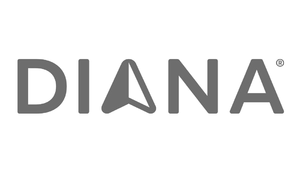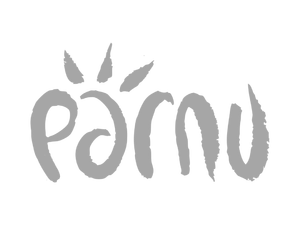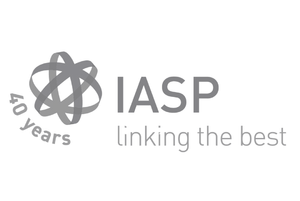15.04.2025
Startup Story: IS-Wireless X NATO DIANA Estonian Accelerator
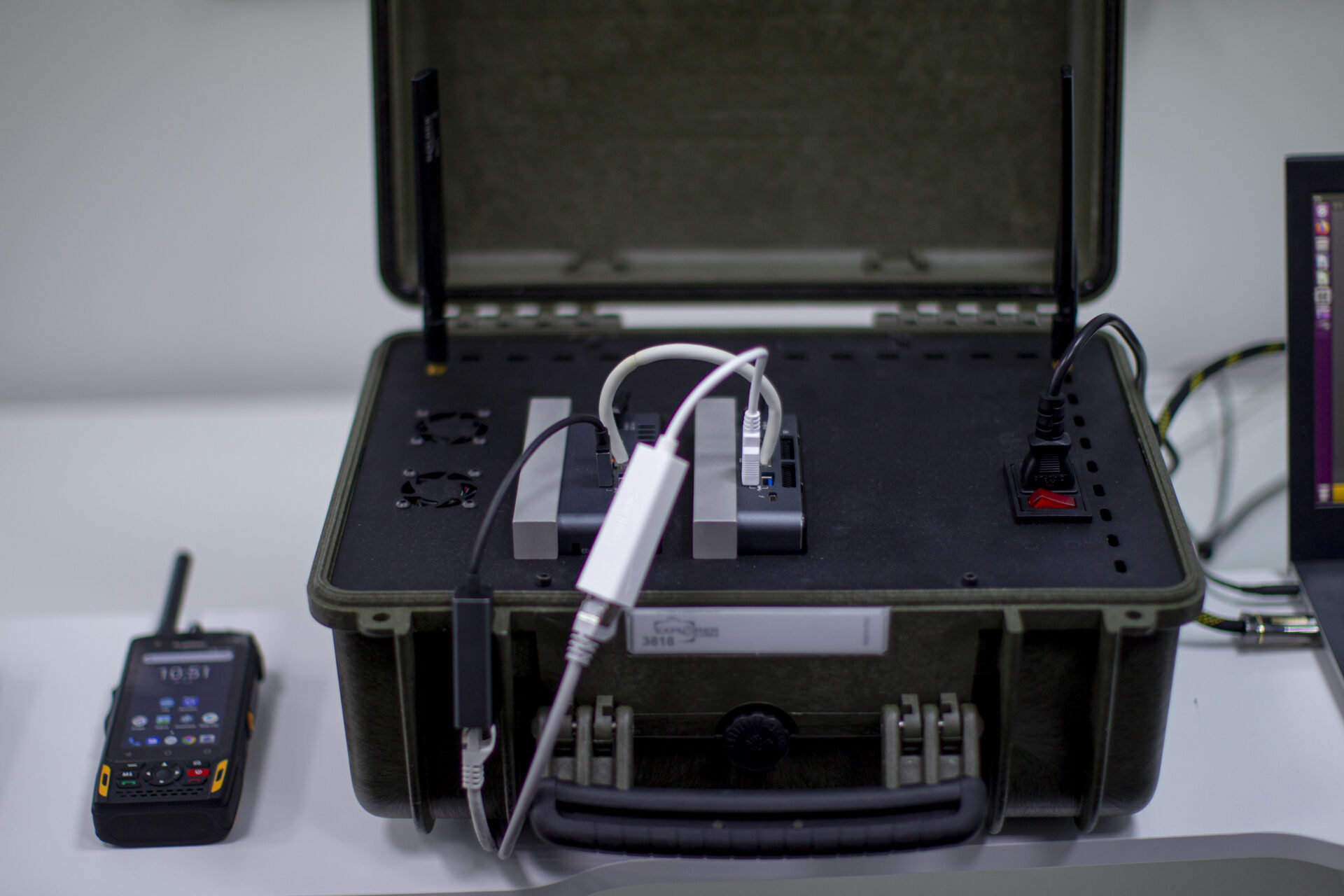
IS-Wireless Liquid RAN (Radio Access Network) is a dual-use technology focused on rapid network restoration and the replication of damaged base stations anywhere. Liquid RAN allows the deployment of the cellular network on top of highly volatile computing infrastructure – a critical feature not yet achieved by contemporary RAN implementations.
To break it down further, IS-Wireless Liquid RAN is a technology that can be used both in everyday situations and in emergencies. It is called “Liquid” because it is highly flexible — if a base station is damaged, the network can quickly rebuild itself, restoring connectivity.
This is useful in crises (such as natural disasters or military situations), where restoring communications rapidly is critical. In normal times, it helps mobile operators build and run their mobile networks more efficiently with lower total cost of ownership (TCO), using less energy and saving money — especially when building a dense network.
Please briefly introduce some of the minds behind IS-Wireless.
The people leading IS-Wireless are CEO and founder Slawomir Pietrzyk, COO Kamil Pluskwa-Dąbrowski, and CTO Robert Cieloch.
Slawomir is an expert in wireless technologies and the author of the first book on Orthogonal Frequency Division Multiple Access (OFDMA), published in 2006. He holds a PhD from Delft University of Technology in the Netherlands.
Before joining IS-Wireless, Robert spent 18 years as a RAN expert at T-Mobile Poland S.A. Earlier in his career, he served as a Second Lieutenant (Platoon Commander) in the 11th Communications Regiment of the Polish Navy.
Kamil is an attorney-at-law (Warsaw Bar Association) whose areas of legal practice include telecommunications, e-commerce, trade, corporate law, intellectual property, among others. He previously served as CEO of the Polish Consumer Federation.
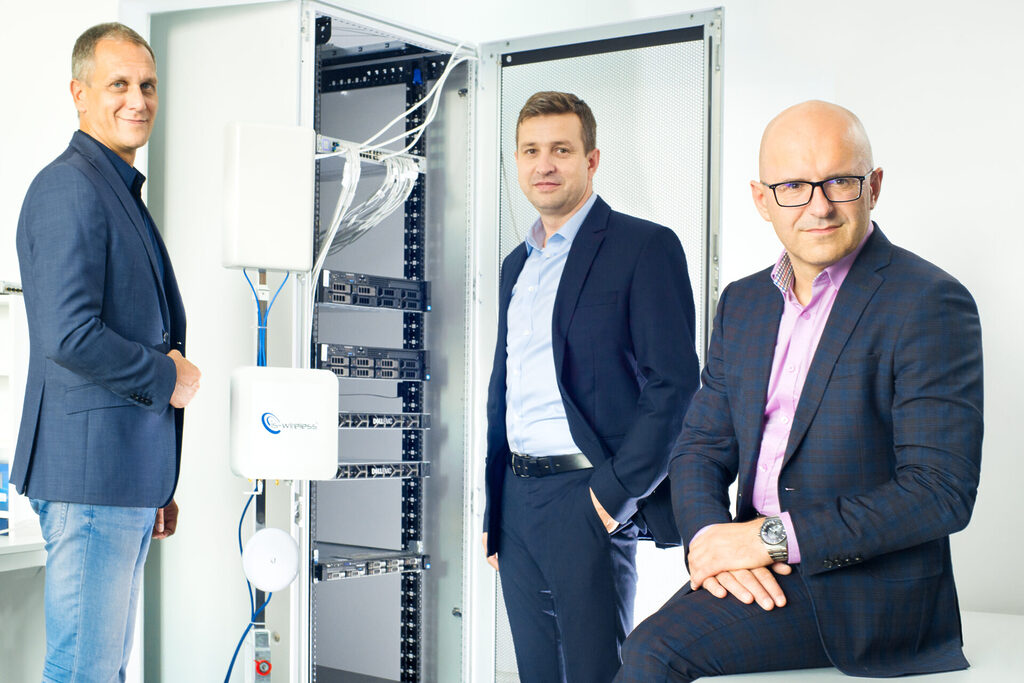
How was the startup idea born?
The company’s origins lie in training activities related to mobile communication technologies. IS-Wireless actively participated in the standardisation of LTE** and contributed directly to shaping the development of 4G. This hands-on experience gave us a clear view of the challenges and opportunities in wireless network implementation. Recognising 5G as the next major shift in mobile technology, IS-Wireless began working on its standardisation in parallel.
What have been your biggest challenges and obstacles so far?
The biggest challenge has been overcoming market resistance to Private 5G. Many customers still view Wi-Fi as sufficient and hesitate to adopt new technologies. Another major obstacle has been the slow uptake of open mobile networks by telecom providers, despite public support, which often results in longer project timelines. That said, change is happening, and awareness continues to grow.
What makes your technology a great dual-use solution?
As a dual-use technology, Liquid RAN can easily be applied to critical situations where such behaviour of RAN is vital: self-healing, rapid network restoration, efficient resource utilisation to minimise costs, and enhanced protection against cyberattacks and other threats. A cellular network is of utmost importance in critical situations and is therefore highly exposed to potential enemy attacks or natural disasters. This can result in network downtime and a lack of basic connectivity services.
In non-crisis situations, Liquid RAN enables significant savings in network deployment, operations, and energy consumption costs. The solution can be used, for example, by mobile network operators massively densifying their networks.
What differentiates IS-Wireless from the competition?
Our Liquid RAN technology – an advanced, open, and disaggregated radio network – is designed for extremely efficient use of communication resources. This results in lower network deployment costs and reduced energy consumption. Compared to competitors, our solution is significantly more disaggregated and distinctly non-monolithic.
Why did you apply to the NATO DIANA accelerator?
We applied to the NATO DIANA accelerator because we believe our technology, designed for mission-critical and disaster-response scenarios, aligns well with NATO’s security objectives. As a company from a NATO country, we also wanted to contribute to collective security and gain greater visibility within the alliance.
Where do you see your company in 12 months’ time? And in five years?
In 12 months, we see IS-Wireless having a strong market presence with multiple successful installations. In five years, we aim to scale globally, open offices in key markets, and become a leading provider of Private 5G solutions.
Who will be the next unicorn in Poland?
We certainly aspire to become one!
The Estonian accelerator is delivered by the Tehnopol Startup Incubator in partnership with Sparkup Tartu Science Park.
*OFDMA is a wireless communication technology that splits a signal into multiple smaller sub-signals, allowing several users to send and receive data at the same time on the same channel, which makes the network faster and more efficient.
**LTE (Long Term Evolution) is a 4G mobile network technology that enables fast and reliable wireless data transmission.
